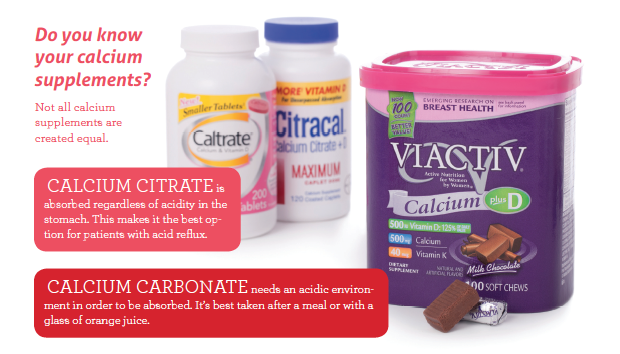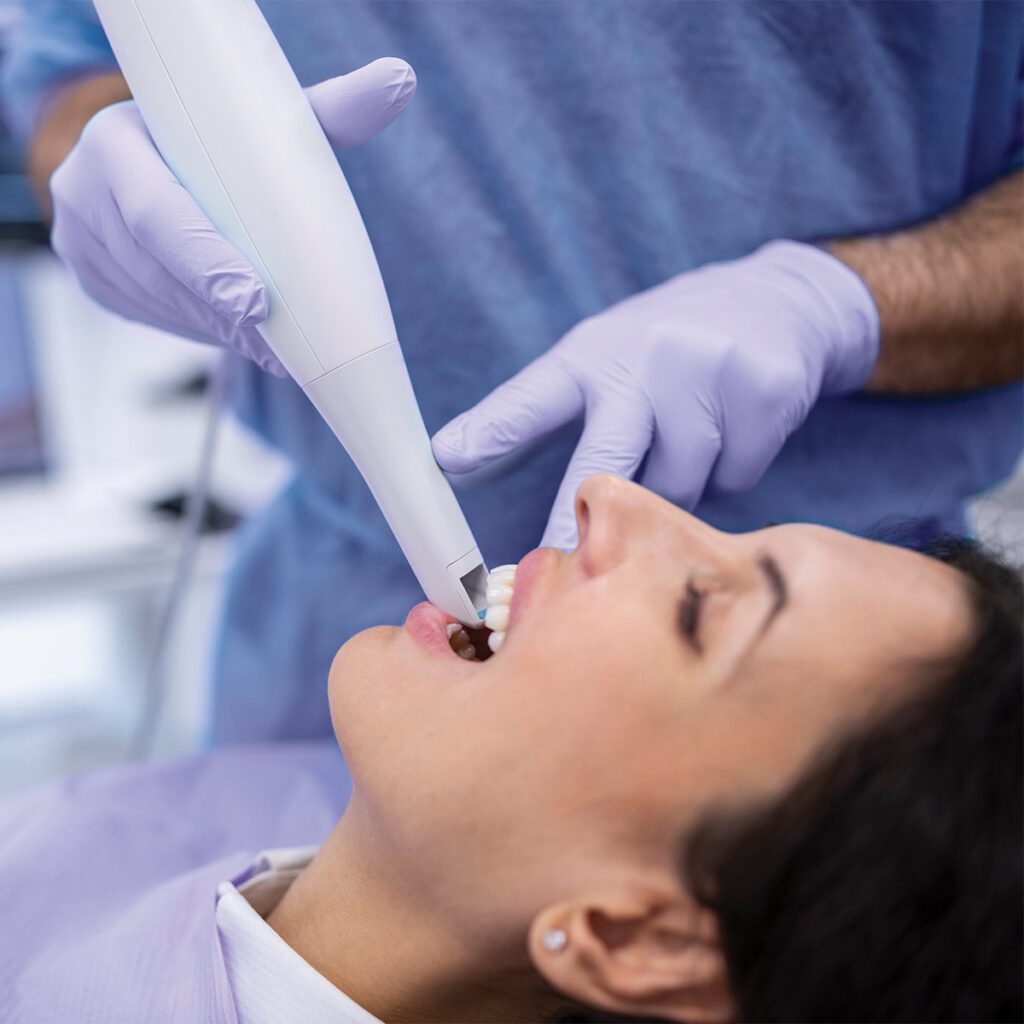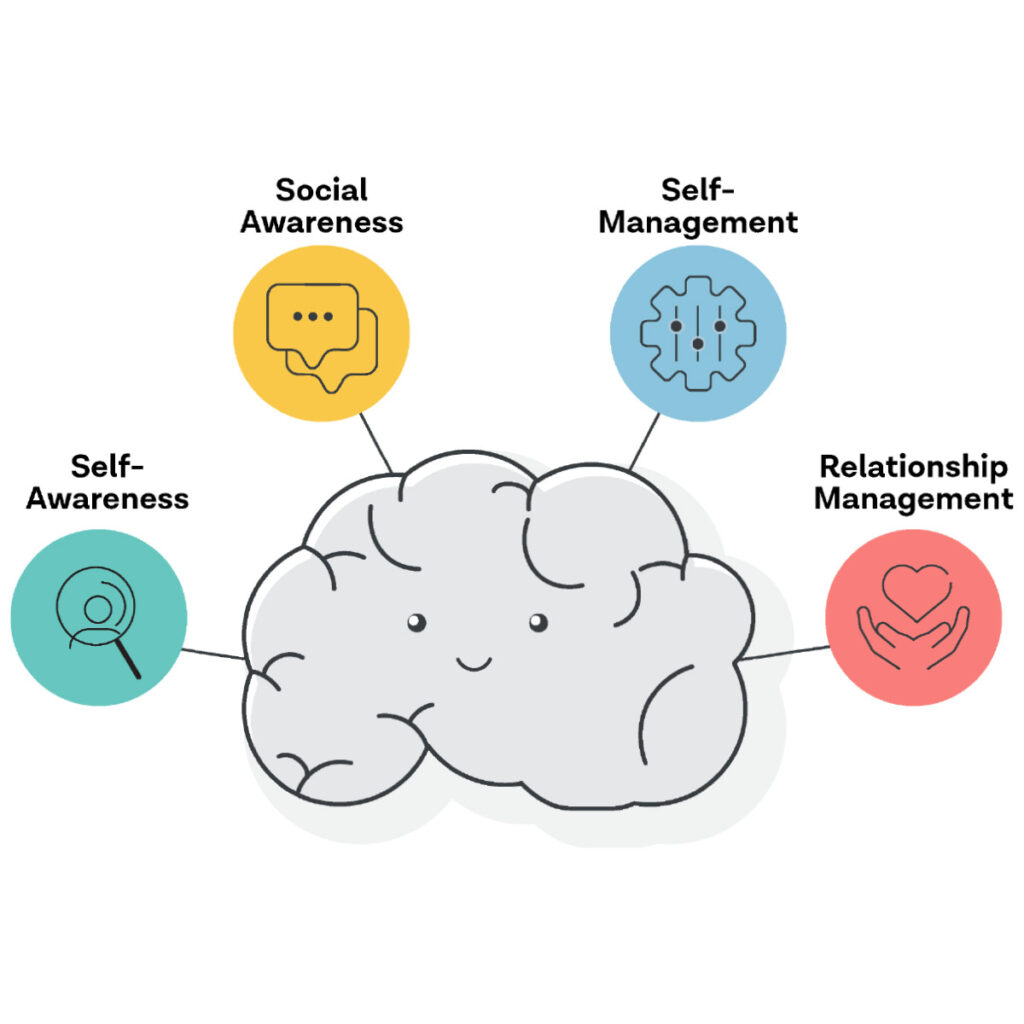Discover what you can do now to strengthen your bones for the long run.
By Katherine Ladny Mitchell

Board-Certified in Family Medicine, Parkridge Medical Group East Ridge, Parkridge Health System
What Is Osteoporosis? Osteoporosis is a dangerous bone-weakening condition that affects 54 million Americans. It makes bones – often in the wrists, hips, or backbone – frail and more susceptible to fractures by increasing the number and size of holes in their spongy, inner core.
Your body constantly breaks down bone to retrieve calcium and rebuilds it afterward in a cycle called “bone remodeling.” After age 35, though, the bone-rebuilding rate slows, leading to bone density loss over time.
If you built strong bones while you were young through adequate calcium intake and impact exercise, you will be less likely to develop osteoporosis. “Often people don’t know that osteoporosis can start in childhood if you don’t get enough calcium in your diet,” says Dr. Zynia Pua-Vines, a family medicine physician with Parkridge Medical Group East Ridge. “The most important thing is to get your kids drinking milk and eating calcium-rich foods early. That will translate into healthy bones later.”

Risk Factors You (Unfortunately) Can’t Change

Center for Sports Medicine & Orthopaedics
While older white women are most susceptible to osteoporosis, men and women of all ages and ethnicities can develop the condition. Some unavoidable risk factors include:
Being older. Risk of osteoporosis increases with age. Individuals over 50 are at greater risk.
Being female. Women, particularly those who are postmenopausal, develop osteoporosis more frequently than men.
Having a small frame. Those who have small, thin body frames cannot afford to lose as much bone as those with larger builds.
Being white or of Asian descent. Caucasian and Asian women have the highest risk of osteoporosis.
A family history. Having family members with osteoporosis increases your risk of getting it too. “There is absolutely a genetic component to the condition,” explains Dr. L. Shay Richardson with the Center for Sports Medicine & Orthopaedics.
Menopause. Having lower levels of estrogen or testosterone weakens bones. “What typically happens in women as we hit menopause is that our bones slowly deteriorate,” explains Stacy McKinney, a physician assistant and certified clinical densitometrist with Siskin Hospital for Physical Rehabilitation.

Risk Factors You Can Change
Preventing osteoporosis starts with focusing on the things you can do something about. These include:
Not getting enough calcium and vitamin D. If you don’t get enough calcium and vitamin D in your diet, you can develop weak bones. “Your body is going to absorb calcium wherever it can find it, so if it doesn’t get it from your diet, it will take it from the bones,” McKinney says.
Smoking. Studies show a direct relationship between tobacco use and decreased bone density. “Smoking is terrible for your bones,” says Dr. Richardson.
A sedentary lifestyle. Physical inactivity can significantly increase your risk of osteoporosis. Like muscles, bones become stronger with exercise.
Poor absorption. A reduced ability to absorb nutrients like calcium or vitamin D can increase risk of osteoporosis. “This is common among patients who have had a bariatric or gastrointestinal surgery,” explains McKinney.
Alcohol abuse. Drinking too much alcohol can interfere with your body’s ability to absorb calcium.
Long-term use of medications. Certain steroids, seizure medications, and cancer treatments may have bone-weakening side effects. “Taking heartburn medications for a prolonged amount of time can also put you at risk of osteoporosis,” says McKinney.

How To Keep Bones Healthy
Reducing your risk begins with developing healthy habits.
Increase your calcium intake.
Your body needs calcium to make strong bones. Try to get 1,000 mg of calcium daily (1,200 mg if you’re over 50) from milk, cheese, yogurt, leafy veggies like broccoli and kale, fortified soy milk, edamame, and sardines.
“Eat right! There are many foods that have calcium, and it’s better to get it through your diet than through a supplement,” says Dr. Pua-Vines. “I recommend finding out how much you are getting from your diet, and then filling in the gap with a supplement if necessary. Most of the time, you’ll find that you won’t need a full 1,200 milligrams. Too much calcium can lead to constipation and kidney stones.”
Get some vitamin D.
Sunlight stimulates your skin to make vitamin D, which your body needs to absorb calcium and grow strong bones. While your location and skin’s pigmentation will impact how much exposure you need, spending between five to 30 minutes outside twice a week will usually do the trick (just don’t forget your SPF!). Salmon, tuna, egg yolks, cheese, fortified milk, cereal, and juice also contain vitamin D.
Get moving!
Impact exercises such as hiking, dancing, and walking help build strong bones. “I recommend three bouts a week of impact activity to maintain bone health,” says Dr. Richardson. “You don’t have to be out there running – walking will do. As we get older and our joints deteriorate, it’s important to do a combination of high-impact exercises, like walking, and low-impact exercises, like swimming, water therapy, and stationary bike riding.”
Stop smoking.
According to the National Institutes of Health, those who smoke have lower bone densities and a higher risk for bone fractures than those who don’t smoke. One study of postmenopausal smokers published in the Journal of Women’s Health found that those who quit smoking improved their bone health within a year.
Consider your prescriptions.
Talk to your doctor about whether any of your medications might interfere with your body’s ability to absorb calcium or vitamin D or lead to reduced bone mass.
What You Don’t Want To Happen
Untreated over time, osteoporosis can lead to bone fractures, including:
Spinal fractures: Osteoporosis can cause spinal fractures resulting in back pain, a hunched posture, and reduced height.
Hip fractures: Hip fractures from falls can cause disability or death from complications after surgery. According to the Cleveland Clinic, more than 30% of those who get hip fractures die within one year. A woman with osteoporosis has as much risk of breaking a hip as she has of developing breast, uterine, and ovarian cancer combined.
“The mortality involved with a hip fracture is significant and it’s not something you usually hear about,” says McKinney. “The lifetime risk of a hip fracture in Caucasian women is 1 in 6. Bone health is definitely an underserved area and because patients don’t have pain, they don’t know they have a
problem.”
The National Institute of Arthritis and Musculoskeletal and Skin Diseases estimates that up to 50% of women and 25% of men over age 50 will fracture a bone because of osteoporosis. Unfortunately, people often show no signs of osteoporosis until after they’ve broken a bone.
Getting Your Bones Checked
Experts recommend those at risk of osteoporosis periodically get a bone density scan (or DXA scan) – a simple, painless X-ray test that takes five to 10 minutes and uses very little radiation. After the procedure, your doctor will give you what’s called a “T-score.” A T-score between -1 and -2.5 indicates low bone mass and a T-score below -2.5 indicates you have osteoporosis.
“We normally recommend regular bone density scans for postmenopausal females age 65 and older,” says Dr. Richardson. “We also sometimes recommend them for people under age 65 if they have certain high risk factors like smoking, family history, long-term use of steroids, or multiple stress fractures.”
Medications

PA-C, CCD Siskin Hospital for Physical Rehabilitation
For those at high risk of fractures, there are several classes of medication that can either stimulate new bone growth or slow bone deterioration. These include:
Bisphosphonates. Taken orally, these are the most common medications prescribed to treat osteoporosis. Brand names include Fosamax, Reclast, Boniva, and Atelvia.
Estrogen Therapy. Taking estrogen shortly after menopause can help women maintain bone mass, but it may also increase their risk of developing blood clots, certain cancers, and heart disease. Therefore, doctors
usually prescribe estrogen only when other menopausal issues also call for it.
Injections. Injections are appropriate for patients at highest risk of fractures or patients who cannot use or didn’t respond well to other medications. The most common injections for treating osteoporosis include Prolia and Forteo.
Learn More!
If you’re 50 or older or have one or more risk factors for osteoporosis, don’t wait to talk to your doctor about what you can do to protect your bones. For more information about osteoporosis and maintaining bone health as you age, you can also visit the National Osteoporosis Foundation online at nof.org.




